
PostgreSQL Malware: A Growing Cyber Threat
August 22, 2024 Cybersecurity
In recent months, the cybersecurity landscape has witnessed a disturbing trend: the emergence of malware targeting PostgreSQL databases for cryptomining purposes. As organizations increasingly rely on PostgreSQL for their data management needs, cybercriminals are exploiting vulnerabilities to hijack these systems for illicit gains. This article delves into the nature of this malware, its implications for database security, and the steps organizations can take to safeguard their data.
PostgreSQL, an open-source relational database management system, is favored for its robustness and flexibility. However, its popularity also makes it a prime target for attackers. The malware in question typically infiltrates PostgreSQL servers through unpatched vulnerabilities or weak configurations, allowing attackers to execute cryptomining scripts that consume significant system resources. This not only degrades the performance of the database but also leads to increased operational costs and potential data breaches.
The cryptomining process involves using the computing power of compromised servers to mine cryptocurrencies, which can be highly profitable for cybercriminals. As the value of cryptocurrencies continues to rise, so does the incentive for attackers to target databases. The impact of such attacks can be devastating, resulting in downtime, loss of data integrity, and reputational damage for organizations.
To combat this growing threat, organizations must prioritize database security. Here are some essential steps to protect PostgreSQL databases from malware attacks:
1. Regular Updates and Patching: Ensure that your PostgreSQL installation is up to date with the latest security patches. Regularly check for updates and apply them promptly to mitigate vulnerabilities.
2. Strong Authentication Mechanisms: Implement robust authentication methods, such as multi-factor authentication (MFA), to prevent unauthorized access to your database.
3. Network Security Measures: Utilize firewalls and intrusion detection systems to monitor and control incoming and outgoing traffic to your PostgreSQL servers. This can help identify and block suspicious activities.
4. Database Activity Monitoring: Employ monitoring tools to track database activities and detect any anomalies that may indicate a malware infection or unauthorized access.
5. Backup and Recovery Plans: Regularly back up your database and have a recovery plan in place. In the event of a malware attack, having recent backups can help restore data and minimize downtime.
In conclusion, as the threat of PostgreSQL malware continues to rise, organizations must take proactive measures to secure their databases. By implementing best practices in database security, businesses can protect themselves from the financial and reputational damage that can result from cyberattacks. Staying informed about the latest threats and continuously improving security protocols is essential in the ever-evolving landscape of cybersecurity.

Neglected Domains: A Malspam Threat
January 8, 2025 Cybersecurity
Beware of neglected domains being exploited for malspam attacks. Stay informed and secure! #Cybersecurity #Malspam #ThreatDetection
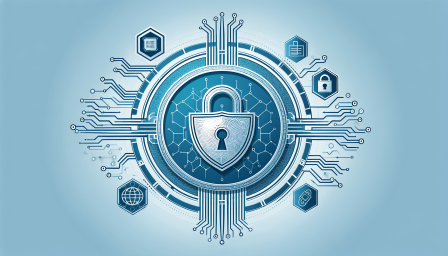
Expired Domains: A New Cybersecurity Threat
January 8, 2025 Cybersecurity
Stay alert! Expired domains can lead to serious cybersecurity threats. #Cybersecurity #Malware #DomainHijacking
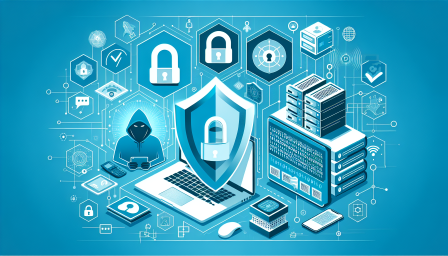
Enhancing Cybersecurity Through Strategic Partnerships
January 8, 2025 Cybersecurity
Discover how CVE and Thales Group are revolutionizing cybersecurity through strategic partnerships. #Cybersecurity #Innovation #Partnerships

Understanding Initial Access Brokers and Cybersecurity
January 8, 2025 Cybersecurity
Learn how Initial Access Brokers exploit user credentials and what you can do to protect yourself. #Cybersecurity #DataBreach #OnlineSafety

Mitigating Vulnerabilities in Mitel MiCollab and Oracle
January 8, 2025 Cybersecurity
Stay secure! Learn how to mitigate vulnerabilities in Mitel MiCollab and Oracle software. #Cybersecurity #Vulnerabilities #Mitel #Oracle #Security

Understanding SonicWall VPN Vulnerabilities
January 8, 2025 Cybersecurity
Stay informed about SonicWall VPN vulnerabilities and protect your network! #Cybersecurity #VPN #SonicWall

Understanding Chrome's Critical Type Confusion Vulnerability
January 8, 2025 Cybersecurity
Stay informed about the latest Chrome vulnerability and how to protect your data. #Cybersecurity #Chrome #DataProtection

New BIOS and UEFI Vulnerabilities Exposed
January 8, 2025 Cybersecurity
Stay informed about the latest BIOS and UEFI vulnerabilities to protect your systems! #Cybersecurity #Vulnerabilities #BIOS #UEFI #Security

Enhancing Security with Microsoft Azure Entra
January 8, 2025 Cybersecurity
Discover how Microsoft Azure Entra is revolutionizing identity and access management in the cloud. #Microsoft #Azure #Cybersecurity

Mitigating Mirai Botnet Threats in 2023
January 8, 2025 Cybersecurity
Stay informed about the latest Mirai Botnet threats and how to protect your network! #Cybersecurity #MiraiBotnet #IoT
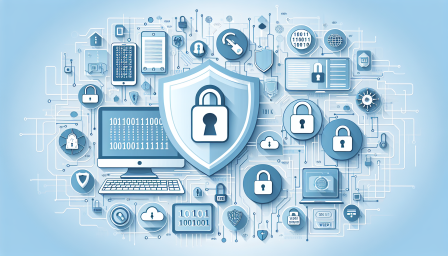
PHP Server Vulnerabilities: A Growing Concern
January 8, 2025 Cybersecurity
Stay informed about the latest PHP server vulnerabilities and how to protect your applications! #Cybersecurity #PHP #WebSecurity
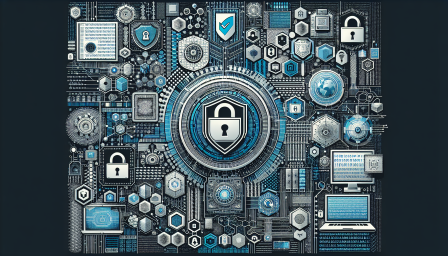
PowerSchool Hack Exposes Sensitive Education Data
January 8, 2025 Cybersecurity
A recent hack of PowerSchool has compromised sensitive data of students and teachers. #Cybersecurity #DataBreach #Education

New Mirai Botnet Targets Industrial Routers
January 7, 2025 Cybersecurity
A new Mirai botnet is exploiting vulnerabilities in industrial routers. Stay informed and secure! #Cybersecurity #IoT #Malware

AI-Driven Cybersecurity Solutions for Businesses
January 7, 2025 Cybersecurity
Discover how AI is revolutionizing cybersecurity by identifying threats in minutes! #Cybersecurity #AI #TechInnovation

Enhancing Cybersecurity with Microsoft Partnership
January 7, 2025 Cybersecurity
Discover how Security Risk Advisors enhances cybersecurity through Microsoft partnership! #Cybersecurity #Microsoft #TechNews

Washington State Sues T-Mobile Over Data Breach
January 7, 2025 Cybersecurity
Washington State takes action against T-Mobile for 2021 data breach. Protect your data! #DataBreach #Privacy #TMobile

Malicious Browser Extensions: A New Threat
January 7, 2025 Cybersecurity
Beware of malicious browser extensions targeting your identity! Stay informed and secure. #Cybersecurity #IdentityTheft #OnlineSafety

Windows 10 Devices Face Major Security Risks
January 7, 2025 Cybersecurity
Over 32 million Windows 10 devices are at risk! Stay informed and secure your system. #Cybersecurity #Windows10 #Security

Protect Your Website from Malicious Plugins
January 7, 2025 Cybersecurity
Stay safe online! Learn how to protect your WordPress site from malicious plugins. #Cybersecurity #WordPress #WebsiteSafety
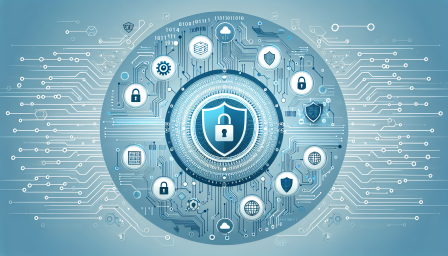
New EagerBee Variant Targets ISPs and Users
January 7, 2025 Cybersecurity
Stay vigilant! The new EagerBee variant poses a serious threat to ISPs and users. #Cybersecurity #Malware #EagerBee
Categories
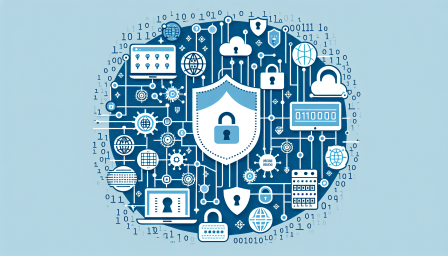
CISA's Assurance on Federal Cybersecurity Impact
January 7, 2025 Cybersecurity
CISA reassures that recent threats won't affect federal systems. Stay informed! #Cybersecurity #CISA #FederalSecurity
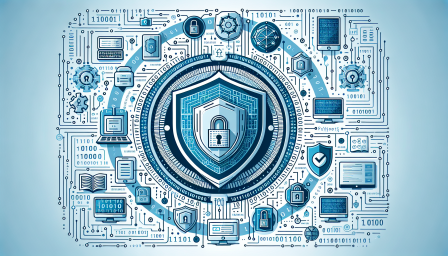
Understanding the Surge in CVEs for 2024
January 7, 2025 Cybersecurity
Over 40,000 CVEs published in 2024 highlight the urgent need for robust cybersecurity measures. #Cybersecurity #CVEs #DataProtection
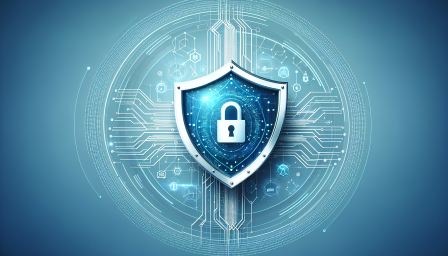
Understanding Redis Server Vulnerabilities
January 7, 2025 Cybersecurity
Stay informed about Redis server vulnerabilities and how to protect your data! #Cybersecurity #DataProtection #Redis
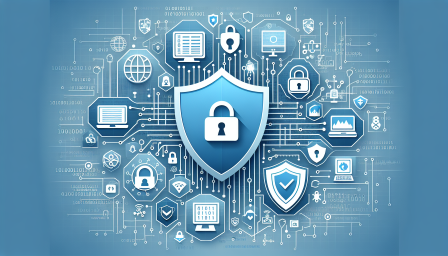
Dark Web Market Threats: 2025 Predictions
January 7, 2025 Cybersecurity
Explore the dark web's evolving threats and what to expect in 2025. Stay informed! #Cybersecurity #DarkWeb #Threats
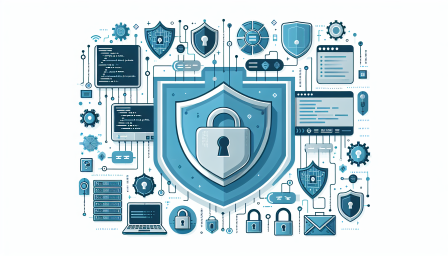
Enhancing Security with OpenVPN Connect
January 7, 2025 Cybersecurity
Discover how OpenVPN Connect enhances your online security with private key management. #OpenVPN #Cybersecurity #VPN

US DOD Targets Companies Aiding Chinese Military
January 6, 2025 Cybersecurity
The US DOD has added new companies to its sanctions list. Learn more about the implications. #NationalSecurity #TechSanctions #China
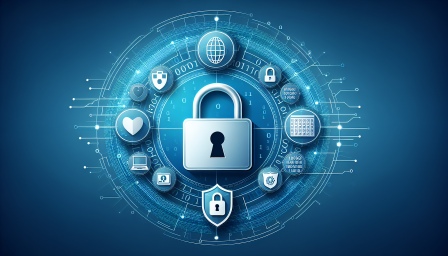
Pentesting Tools: A Double-Edged Sword
January 6, 2025 Cybersecurity
Explore how hackers are weaponizing pentesting tools against organizations. Stay informed and secure! #Cybersecurity #Pentesting #Hacking
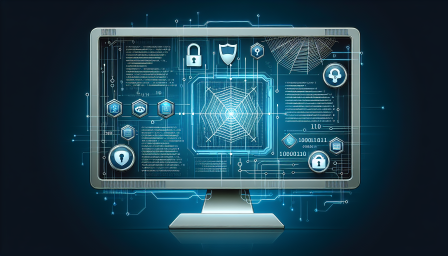
Understanding FireScam: The New Android Malware Threat
January 6, 2025 Cybersecurity
Stay informed about FireScam, the latest Android malware targeting users. Protect your device! #Cybersecurity #Android #Malware
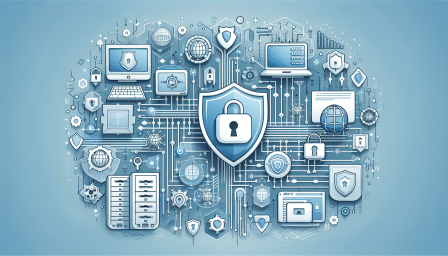
Top Cybersecurity Trends to Watch in 2025
January 6, 2025 Cybersecurity
Stay ahead of cyber threats in 2025! Discover the latest trends and security measures. #Cybersecurity #DataProtection #TechTrends

Ransomware Evolution: From Millions to Billions
January 6, 2025 Cybersecurity
Ransomware attacks are evolving, leading to unprecedented financial losses. Stay informed and secure! #Cybersecurity #Ransomware #DataProtection

Understanding FireScam: The New Android Malware
January 6, 2025 Cybersecurity
Stay alert! FireScam malware targets Android users with deceptive tactics. Protect your device now! #Cybersecurity #Android #Malware

Russian-Speaking Attackers Target Global Organizations
January 6, 2025 Cybersecurity
Stay informed about the latest cyber threats from Russian-speaking attackers targeting global organizations. #Cybersecurity #ThreatIntelligence #DataProtection

Beware of Malicious EditThisCookie Extension
January 6, 2025 Cybersecurity
Stay safe online! The EditThisCookie extension has been compromised. Protect your data now! #Cybersecurity #Privacy #Malware

EagerBee Malware Expands Its Arsenal
January 6, 2025 Cybersecurity
Stay informed about the latest EagerBee malware developments and protect your digital assets! #Cybersecurity #Malware #OnlineSafety
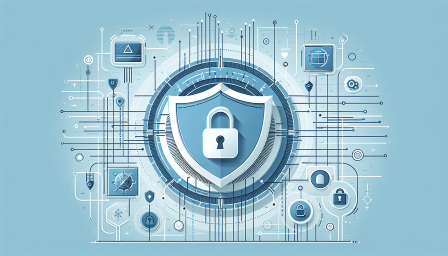
Understanding Bad Likert Judge in Cybersecurity
January 6, 2025 Cybersecurity
Explore the impact of bad Likert judges on cybersecurity surveys. #Cybersecurity #DataAnalysis #ResearchMethodology

Enhancing SQL Injection Detection Techniques
January 6, 2025 Cybersecurity
Discover advanced techniques for detecting SQL injection vulnerabilities and securing your web applications! #Cybersecurity #SQLInjection #WebSecurity
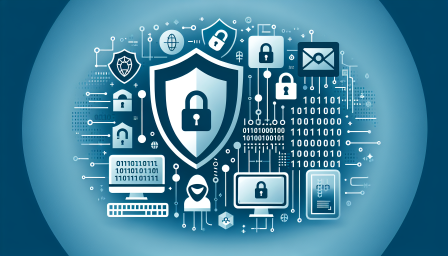
Remembering Tenable CEO Amit Yoran
January 6, 2025 Cybersecurity
Honoring the legacy of Amit Yoran, a visionary leader in cybersecurity. #AmitYoran #Tenable #Cybersecurity
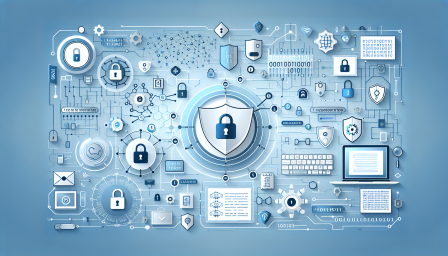
AWS Faces Repeated Critical RCE Vulnerability
January 6, 2025 Cybersecurity
AWS has faced the same critical RCE vulnerability three times in four years. Learn more! #AWS #Cybersecurity #TechNews

Understanding Windows Registry Vulnerability Exploits
January 6, 2025 Cybersecurity
Stay informed about the latest Windows registry vulnerabilities and how to protect your systems. #Cybersecurity #Windows #Vulnerability

Enhancing Border Gateway Protocol Security
January 6, 2025 Cybersecurity
Discover NIST's latest draft on enhancing Border Gateway Protocol security and resilience. #Cybersecurity #NIST #NetworkSecurity
More Posts
-
 CISA's Assurance on Federal Cybersecurity Impact
CISA's Assurance on Federal Cybersecurity Impact
January 7, 2025 Cybersecurity -
 Understanding the Surge in CVEs for 2024
Understanding the Surge in CVEs for 2024
January 7, 2025 Cybersecurity -
 Understanding Redis Server Vulnerabilities
Understanding Redis Server Vulnerabilities
January 7, 2025 Cybersecurity -
 Dark Web Market Threats: 2025 Predictions
Dark Web Market Threats: 2025 Predictions
January 7, 2025 Cybersecurity -
 Enhancing Security with OpenVPN Connect
Enhancing Security with OpenVPN Connect
January 7, 2025 Cybersecurity -
 US DOD Targets Companies Aiding Chinese Military
US DOD Targets Companies Aiding Chinese Military
January 6, 2025 Cybersecurity -
 Pentesting Tools: A Double-Edged Sword
Pentesting Tools: A Double-Edged Sword
January 6, 2025 Cybersecurity -
 Understanding FireScam: The New Android Malware Threat
Understanding FireScam: The New Android Malware Threat
January 6, 2025 Cybersecurity -
 Top Cybersecurity Trends to Watch in 2025
Top Cybersecurity Trends to Watch in 2025
January 6, 2025 Cybersecurity -
 Ransomware Evolution: From Millions to Billions
Ransomware Evolution: From Millions to Billions
January 6, 2025 Cybersecurity -
 Understanding FireScam: The New Android Malware
Understanding FireScam: The New Android Malware
January 6, 2025 Cybersecurity -
 Russian-Speaking Attackers Target Global Organizations
Russian-Speaking Attackers Target Global Organizations
January 6, 2025 Cybersecurity